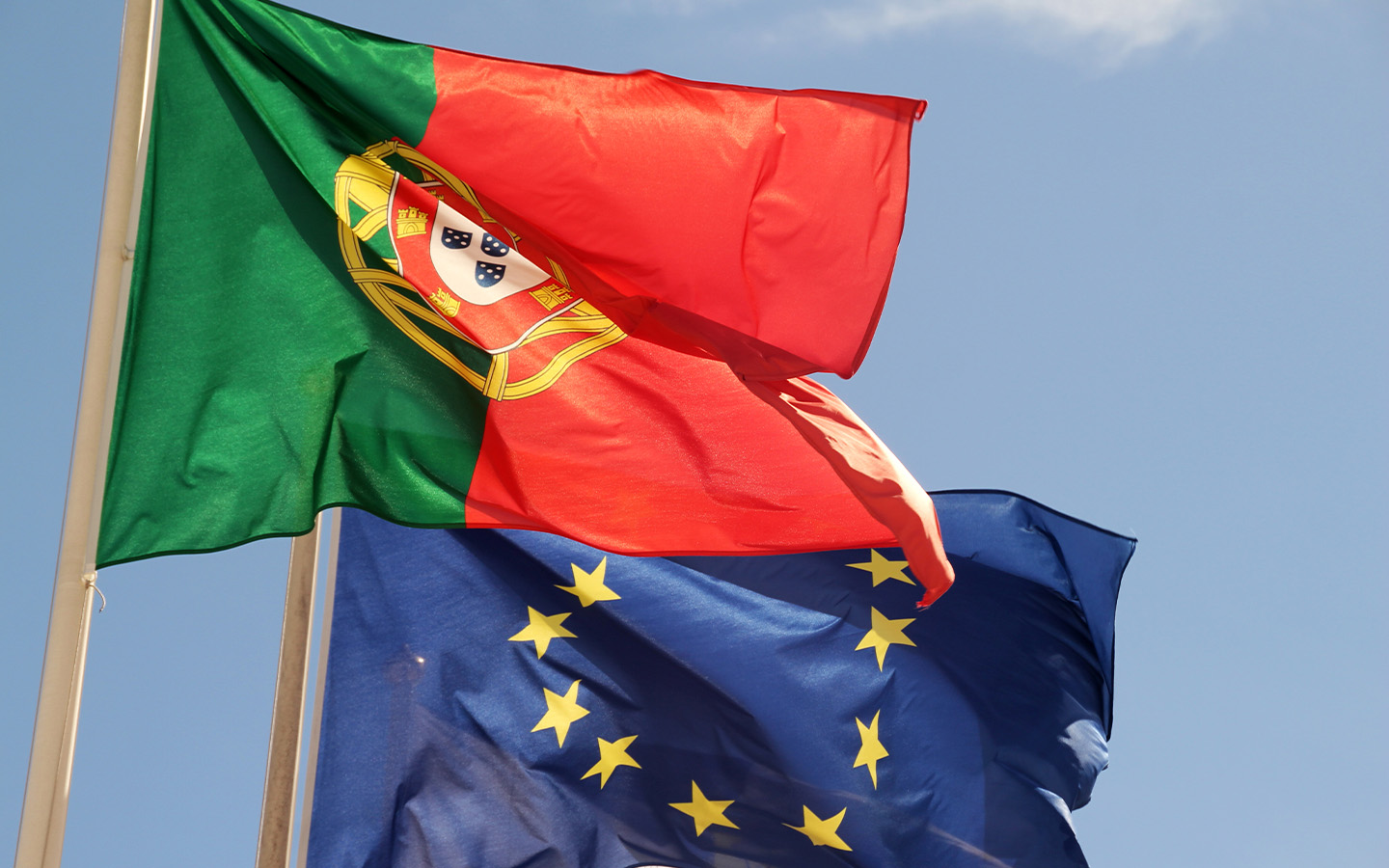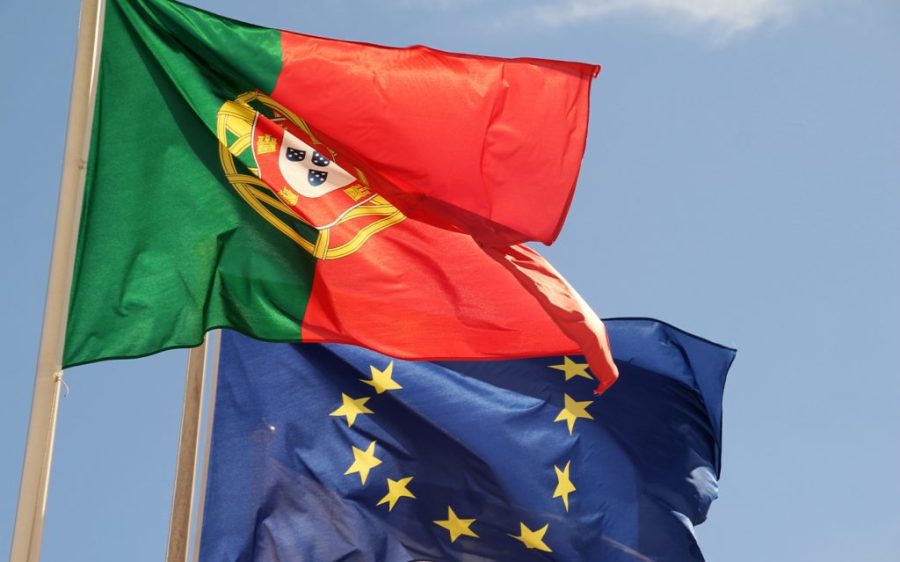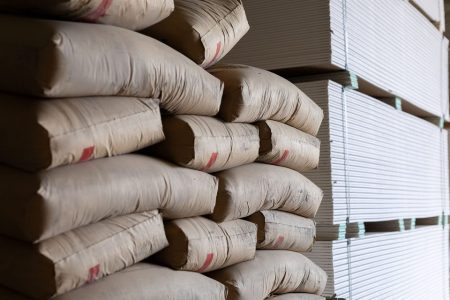Portuguese businesses face a challenging future after a tariff deal with the US, the largest importer of Portuguese goods outside the European bloc, reports Forbes Portugal.
After derailing a landmark free trade agreement with the European Union (EU) in his first term, US President Donald Trump did not spare the bloc in his far-reaching tariff hike in April, slapping levies as high as 50 percent on certain goods. The 15-percent tariff ceiling negotiated Sunday by European Commission President Ursula von der Leyen applies to most goods, lowering tariffs on hard-hit products and exempting certain “strategic products,” which will return to pre-January tariff levels.
The European Commission emphasised that the two parties have agreed to “keep working to add more products to this list.” The US and EU countries exchange around 4.4 billion euros (US$5.03 billion) in goods and services daily.
Prime Minister Luís Montenegro said on social media that the agreement brings “predictability and stability” but stressed the urgency of lowering tariffs and other barriers. The US is Portugal’s fourth-largest buyer and the largest outside the bloc, accounting for around 6.7 percent of exports, according to the Portuguese Business Association (AEP).
However, AEP expressed concern to the Portuguese news agency Lusa, calling the deal “far from desirable.” Given the appreciation of the euro against the US dollar and other relevant factors, they say the agreement “poses enormous challenges to the competitiveness of Portuguese goods exports in this market.”
[See more: Lula warns of retaliation as Trump escalates the US trade war against Brazil]
Certain industries are more directly exposed to the new trade paradigm, but many more are “expected” to feel the pinch indirectly. More than 70 percent of Portuguese exports go to other EU countries, which may shift their buying habits if they export less to the US.
Based on industry exposure and geographic concentration, experts expect northern Portugal to be hit hardest. A single factory in Viana do Castelo, for example, is responsible for almost all national production of weapons and munitions, with 71 percent of exports going to the US last year.
The US is also the second-largest destination for Portuguese wines, and the fifth largest for Douro wines. Other exposed sectors in the north, namely footwear, clothing and textiles, are waiting to see how their competition fairs.
Portugal is working to support businesses, having launched the multi-billion-euro Reinforce Programme back in April. Credit lines managed by the Portuguese Development Bank (BPF) have received thousands of applications and approved 2.5 billion euros (US$2.86 billion) to national companies and 600 million euros (US$685.5 million) to exporting small and medium-sized businesses.
Officials say these and other tools aim to support “companies’ concrete needs” as the country works to strengthen competitiveness and international presence.






